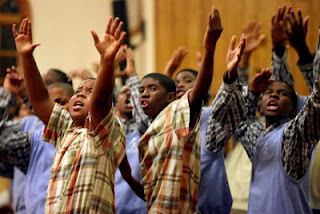Growing up in an era when “thug life” dominated DC’s youth culture, Tupac Shakur’s music impacted every facet of my teenage years. The 1990s were a dark period in the city’s history and the late rapper’s persona reflected the anger and rebellion of a generation. Tupac felt like a familiar friend.
But Christ was foreign to us. Back then I knew more about Tupac’s life story than I did about Christ’s ministry. I had memorized more lines from songs like “Life Goes On” and “Krazy” than verses in the Bible.
Sixteen years after Tupac’s death, I’m left thinking about the resonance we found in a self-proclaimed thug and why it was so difficult to relate to scripture and the teachings of the church. The answer is clear: Much of the black church has lost it’s ability to relate to a younger generation. It must reclaim the white washed passive Christ that has become the dominant image and replace it with an image much more suited to the lives of young people in search of another rebellious hero.
Indeed, when “Makaveli - The Don Killuminati: The Seven Day Theory” was released two months after his 1996 death, I was more concerned with decoding the “Suge shot me” myth than I was about Tupac’s blasphemous crucifixion depiction as shown on the cover of the album. Our love for Pac was so strong that months (and for some years) after his death, we lived in hope that he wasn’t dead. We wanted desperately to believe he was hiding out overseas releasing albums that gave clues into his assassination attempt.
Read the rest
here





